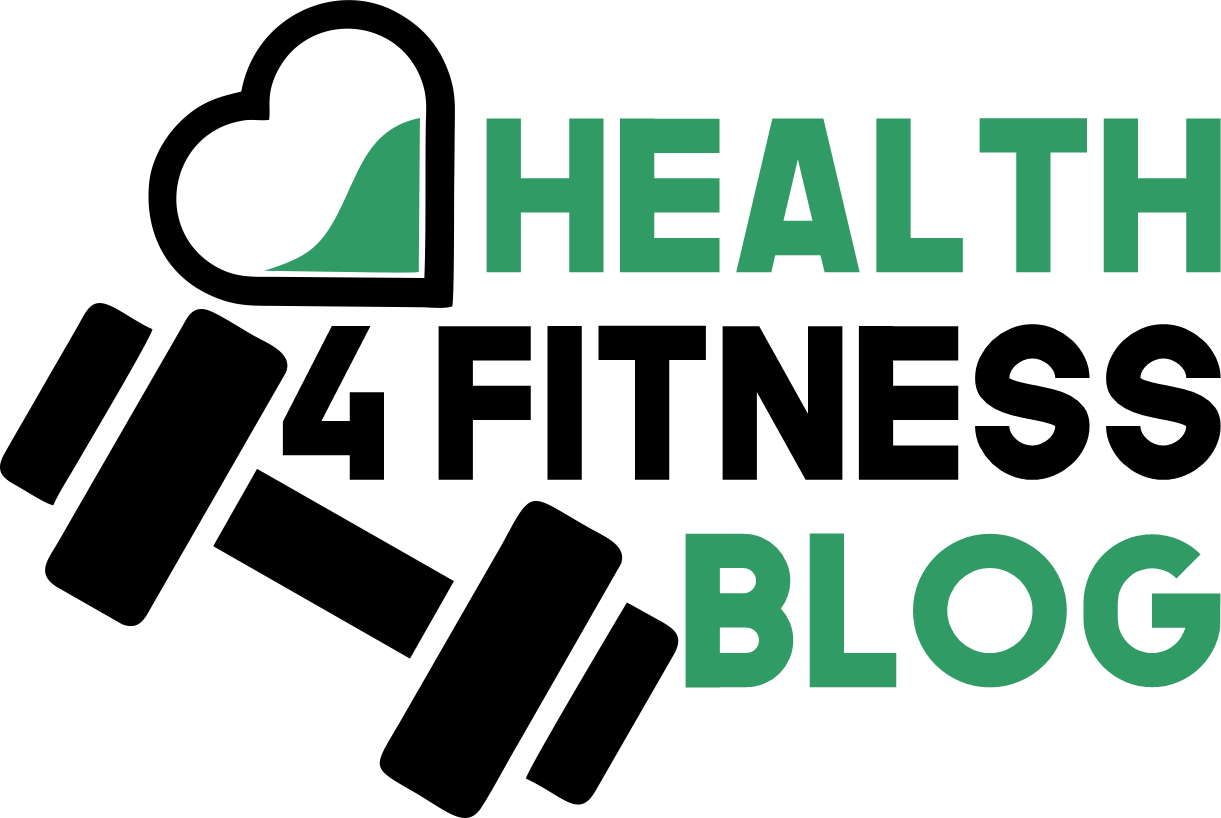Cryolipolysis, more commonly known as “fat freezing,” is a non-invasive medical procedure that uses controlled cooling to reduce localized subcutaneous fat.
This treatment is designed to target specific fat deposits that have proven resistant to diet and exercise, such as those found on the abdomen, thighs, and flanks.
It is an FDA-cleared procedure intended as a body contouring method, not a weight-loss treatment for obesity.
Table of Contents
How does cryolipolysis work?
The science behind cryolipolysis is based on the principle that fat cells are more susceptible to cold temperatures than the surrounding tissue, such as skin and muscle. The process involves these key steps:
- Targeted cooling: A gel pad and an applicator are placed on the skin over the area with unwanted fat. A vacuum system pulls the fat bulge into the applicator cup, and controlled cooling is delivered to the targeted fat cells.
- Cell destruction: The fat cells are cooled to a specific temperature, which triggers apoptosis, or controlled cell death. This process crystallizes the fat cells, causing them to break down.
- Natural elimination: Over the weeks and months following the treatment, the body’s lymphatic system naturally processes and eliminates the dead fat cells.
What results can be expected?
Clinical studies consistently show that cryolipolysis can reduce the treated fat layer. A systematic review published in Plastic and Reconstructive Surgery reported an average fat reduction of 15% to 28% after a single session. Results appear gradually as the body eliminates the treated fat cells, with noticeable improvements often visible within two to four months.
It is crucial for potential candidates to have realistic expectations. Cryolipolysis is for spot reduction, and the longevity of results depends on maintaining a healthy lifestyle, as remaining fat cells can expand with weight gain.
Who is a suitable candidate?
Cryolipolysis is best suited for individuals who are near their ideal body weight but struggle with specific, localized fat pockets.
Ideal candidates generally have a body mass index (BMI) under 30. The treatment is most effective on “pinchable” fat that lies just beneath the skin (subcutaneous fat) and is not intended for treating obesity or significant weight loss.
Benefits and potential risks
Benefits of cryolipolysis:
- Non-invasive: The procedure does not require incisions, anesthesia, or needles.
- Minimal downtime: Patients can typically resume normal activities immediately after treatment.
- Targeted treatment: It addresses specific problem areas resistant to diet and exercise.
- Permanent fat cell removal: The destroyed fat cells are permanently gone, though remaining fat cells can still grow.
Potential risks and side effects:
- Common, temporary effects: These include redness, swelling, bruising, and numbness in the treated area, which typically resolve within a few weeks.
- Paradoxical Adipose Hyperplasia (PAH): This is a very rare but serious complication where the treated fat area unexpectedly grows and thickens. It requires surgical intervention to correct.
- Contraindications: Individuals with cold-sensitive conditions like cryoglobulinemia, cold urticaria, and Raynaud’s phenomenon should not undergo cryolipolysis.
The procedure: What to expect
Before the procedure, a consultation with a qualified medical professional is essential to determine if you are a suitable candidate. The specialist will assess the treatment area and outline a customized plan.
During the session, which typically lasts between 35 and 60 minutes per treatment area, a gel pad is placed on the skin, and an applicator uses suction to draw the tissue into a cup.
After the cooling cycle, the area is often massaged to help break up the frozen fat cells. The treatment is generally well-tolerated, with most discomfort subsiding as the area becomes numb.
Conclusion
Cryolipolysis offers a scientifically supported and effective alternative to surgical options for targeted fat reduction.
Its non-invasive nature, minimal downtime, and lasting results make it an attractive option for body contouring. However, it is not a cure for obesity and is not suitable for everyone.
By having realistic expectations, consulting with a qualified professional, and maintaining a healthy lifestyle, patients can achieve a more sculpted and confident appearance. For more information, please visit The Cleveland Clinic‘s detailed page on Cryolipolysis.
Disclaimer: This information is for educational purposes only and is not medical advice. Consult with a qualified healthcare provider to discuss whether cryolipolysis is right for you.
